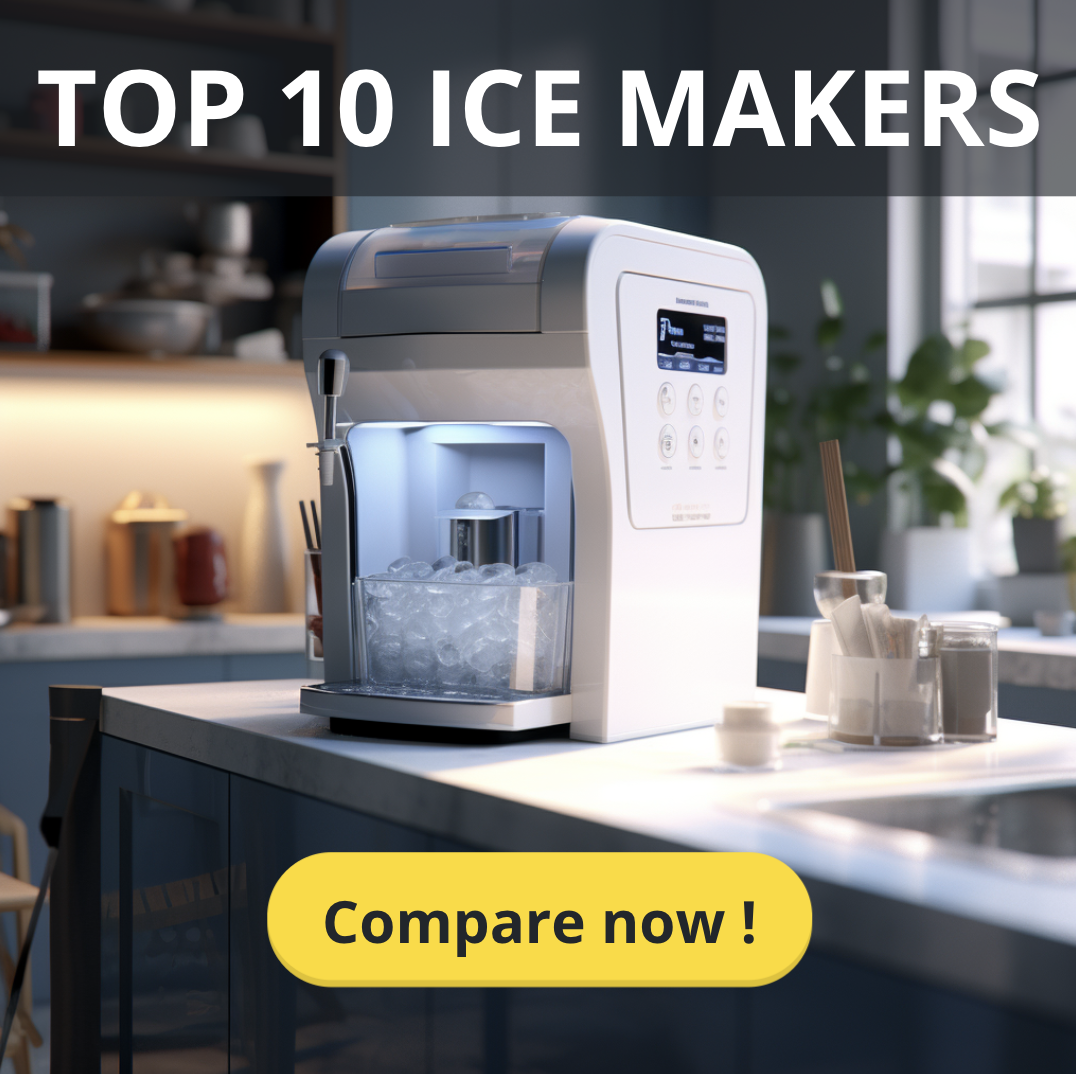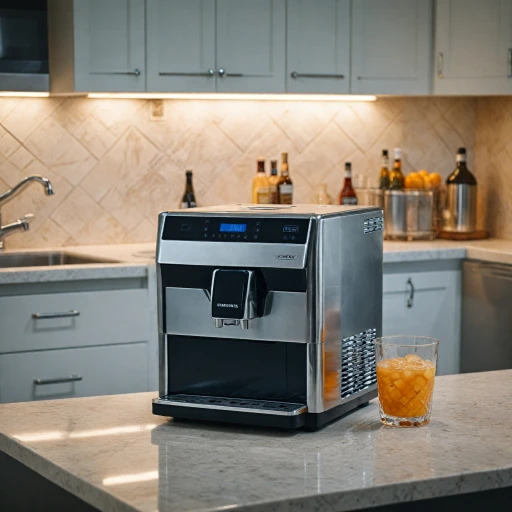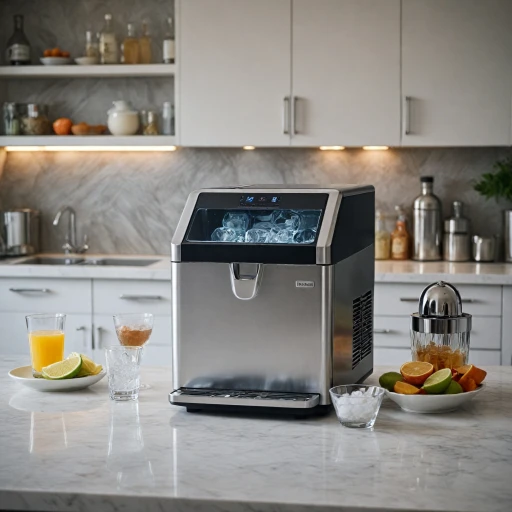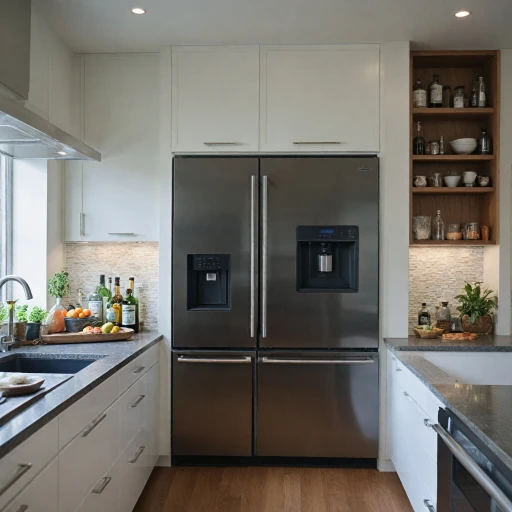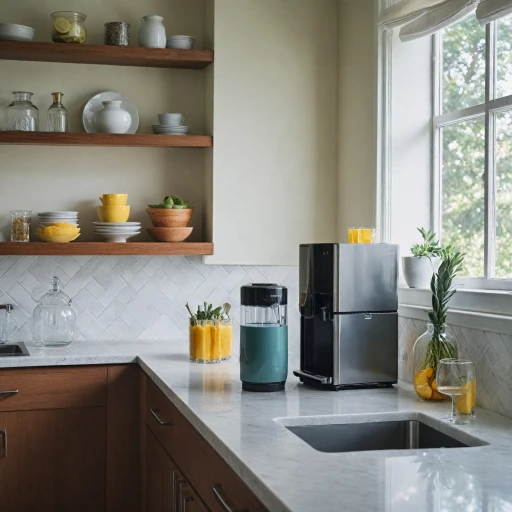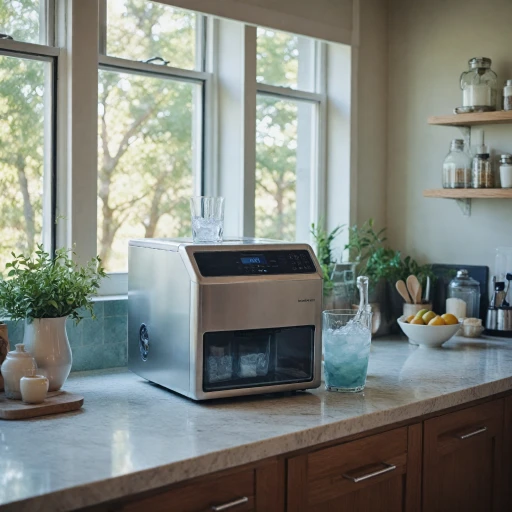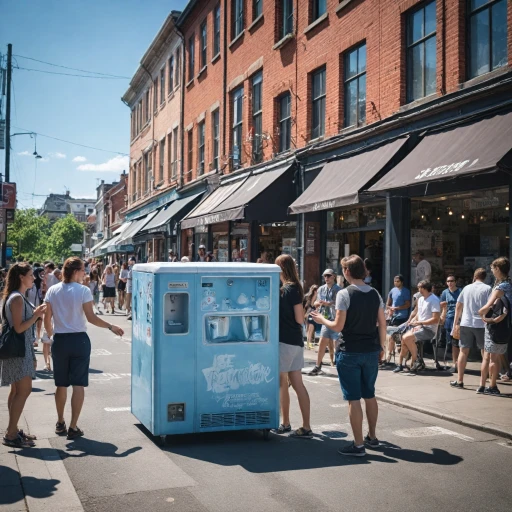
Understanding Ice Dispensers
Different Types of Ice Dispensers
When it comes to understanding ice dispensers, it's important to recognize the different types available in the market. Ice dispensers come in a variety of forms, each with unique features tailored to specific needs and environments. Some key types include countertop ice machines, undercounter ice makers, and commercial ice dispensers, each serving varying capacities and purposes.
Countertop ice machines are great for smaller spaces and are often used in homes or offices where space is limited. These ice makers can produce a moderate amount of ice, and often feature a dispenser mechanism that allows for direct ice water delivery, thanks to their compact design and ease of use. With countertop ice machines, users enjoy the convenience without having to compromise on space or efficiency.
Understanding Ice Machine Capacities
Capacity is a major factor to consider when exploring ice dispensers. The capacity of an ice machine typically refers to the amount of ice it can produce within a 24-hour period, often expressed in pounds (lbs). Residential units generally offer a lower capacity suitable for household needs, while commercial ice machines offer a higher production rate tailored for busier environments like hotels or restaurants.
An ice dispenser's storage bin and storage capacity are also crucial considerations. The storage capacity refers to how much ice can be stored before additional ice production is needed. Some models, like the Scotsman series, offer larger storage bins, which can be beneficial for establishments that require consistent ice availability.
A Look at Nugget and Other Ice Types
Nugget ice has gained popularity due to its chewable texture and appeal in beverages. Many dispensers now feature the ability to produce this type of ice, making them a favorite in not only commercial settings but also for home use. Understanding what type of ice an ice maker can produce is vital, as it can impact user satisfaction, especially in settings where specific ice textures are preferred.
For those interested in exploring more about nugget ice machines, consider checking out this guide for smart buyers to find affordable options that meet your needs.
Key Features to Look For
Essential Features for Your Ice Dispenser
When selecting an ice dispenser, understanding the key features can significantly impact your satisfaction with the product. Here are some crucial aspects to consider:
- Ice Type: Decide whether you prefer nugget ice, which is soft and chewable, or traditional cubed ice. Nugget ice machines are particularly popular in commercial settings and for those who enjoy a softer ice texture.
- Capacity and Storage: Consider the ice storage capacity. If you need a dispenser for a hotel or a busy restaurant, a larger bin capacity is essential. For home use, a countertop ice maker with a smaller storage capacity might suffice.
- Cooling System: Ice machines can be air cooled or water cooled. Air-cooled units are generally more energy-efficient and cost-effective, while water-cooled machines might be necessary in hotter environments.
- Energy Efficiency: Look for models with an Energy Star rating to ensure you're choosing an energy-efficient product. This can help reduce long-term costs and environmental impact.
- Installation Type: Decide between a countertop ice maker or an undercounter ice machine. Countertop models are portable and easy to install, while undercounter units offer a more permanent solution.
- Additional Features: Some dispensers come with a built-in water dispenser, offering ice water on demand. Others may include features like free shipping or a series of programmable settings for convenience.
For a more detailed guide on choosing the right ice machine and storage bin for your needs, you can explore this comprehensive resource.
Considering these features will help you make an informed decision, ensuring that your ice dispenser meets your specific needs and preferences.
Comparing Popular Ice Dispenser Models
Exploring Ice Dispenser Models
When considering ice dispensers, it's crucial to compare different models to ensure you choose the right machine for your needs. Each item comes with its own set of features, benefits, and drawbacks. Let’s look at some popular models available in the market and their unique characteristics.- Scotsman Nugget Ice Machine: Known for producing soft, chewable nugget ice, the Scotsman series is highly recommended for those who enjoy this texture. These machines are available in both air cooled and water cooled versions, offering flexibility based on your preference and energy efficiency needs. Many models come with an energy star rating, ensuring reduced energy consumption.
- Countertop Ice Dispensers: Perfect for home or small office use, these compact units give you the convenience of having ice at arm’s reach. With a typical ice storage capacity ranging from 20 to 35 lbs, they can meet the daily needs of an average household. Additionally, many of these models come with free shipping, making them an attractive option economically.
- Undercounter Commercial Ice Machines: Designed for businesses, these ice makers offer a larger storage bin capacity and often include a water dispenser. Utilizing commercial grade technology, they ensure a continuous supply of ice, proving essential for restaurants and hotels.
- Hotel Ice Dispensers: Specifically engineered with higher ice storage capacity and a larger dispenser bin, these units cater to high-demand environments like hotels. Their robust build and efficiency ensure guests never run out of ice.
Maintenance and Troubleshooting Tips
Ensuring Longevity and Performance
To keep your ice dispenser running smoothly for years, regular maintenance is key. Proper care not only enhances the machine's performance but also extends its lifespan, ensuring you get the most out of your investment.
- Regular Cleaning: The build-up of mineral deposits and residue can impact the taste and quality of ice. Clean the water dispenser and ice storage bin regularly with a mild detergent or a specialized cleaning solution to prevent this.
- Filter Replacement: If your ice dispenser includes a water filtration system, replace the filters as recommended by the manufacturer. This helps maintain the quality of your ice and ensures your machine operates efficiently.
- Inspect for Leaks: Check hoses and connections for any signs of leakage. Water leaks can lead to internal damage and inefficient operation.
- Air and Water Cooled Maintenance: Both cooling methods require specific attention. Air cooled machines need unobstructed airflow – keep the vents clear. Water cooled machines require checking for proper water flow to avoid overheating.
- Test the Ice Maker: Regularly test your ice making machine to ensure it is producing the right amount and type of ice. This helps identify potential issues early.
Troubleshooting Common Issues
Despite regular maintenance, ice dispensers can occasionally face operational hiccups. Knowing how to troubleshoot common problems can save time and costs associated with professional repair services.
- Ice not Dispensing: This issue might be due to a jam in the dispenser. Make sure that the bin is not overloaded and ice is not clumped together.
- Machine Not Producing Ice: Check if the water supply is connected and the ice maker is turned on. If the issue persists, there may be a problem with the thermostat or compressor.
- Strange Noises: Unusual sounds could indicate a mechanical problem or that the dispenser is not leveled. Ensure that all parts are secure and that the machine is sitting flat on a stable surface.
- Poor Ice Quality: If the ice appears cloudy or has an off-taste, clean the ice maker more frequently and replace water filters.
By following these maintenance tips and troubleshooting common problems, you can ensure that your ice dispenser remains a reliable component of your kitchen or business environment.
Cost Considerations and Budgeting
Factors Impacting the Financial Aspect of Ice Makers
When determining which ice dispenser aligns with your budget, several cost considerations come into play. Understanding these various elements ensures you make an informed decision that balances both functionality and financial feasibility.- Unit Price and Shipping: Ice dispensers come in a range of prices, from affordable countertop models to high-end undercounter ice machines. Don’t forget to factor in potential shipping costs. Some retailers offer free shipping, enhancing overall savings.
- Energy Efficiency: Opting for an energy star-rated unit may result in long-term savings on utility bills. While the initial investment might be higher, the energy-efficient models can reduce operational costs.
- Storage Capacity and Production: Consider the storage capacity and the lbs of ice produced. For example, a commercial ice unit might offer high production levels suitable for hotels or restaurants, which could offset higher upfront costs due to its efficiency in meeting large demands.
- Maintenance and Upkeep: Regular maintenance is necessary to keep your ice maker in optimal condition, which can entail costs for cleaning supplies, parts, or professional servicing. Well-maintained machines, like those using a nugget ice system, can extend their lifespan and functionality.
- Product Series and Features: Advanced features such as an integrated water dispenser or air-cooled system might increase the initial cost but provide added convenience and value.
-logo-retina.jpg)

